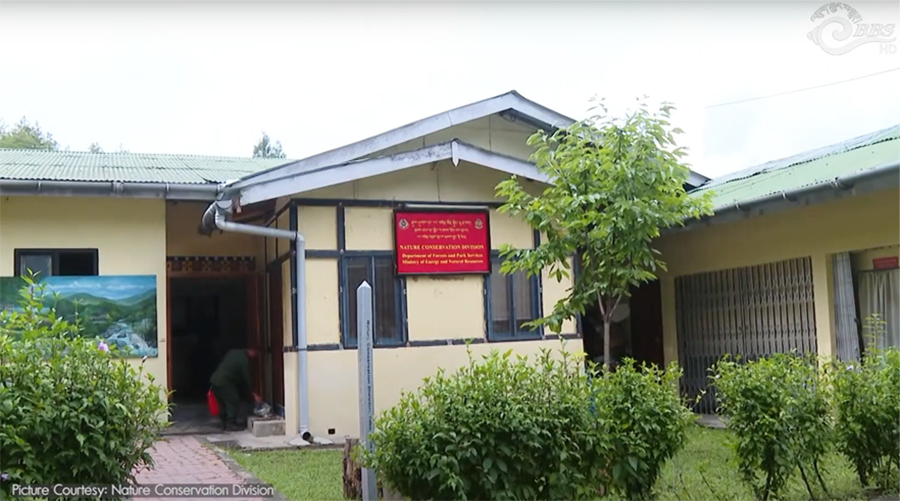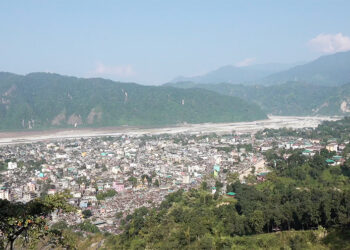
With nearly 70 per cent of its total area under forest cover, Bhutan is home to a wide range of animal and plant species. To ensure that the natural wildlife and its habitats remain protected, the Department of Forests and Park Services has implemented a new biodiversity monitoring grid. The 4 by 4 kilometres grid is spread across all protected areas and forest divisions and will help in monitoring changes in wildlife habitats across the country.
The country’s total forested and protected areas are home to nearly 10,500 species of animals, birds, plants, insects, reptiles, and amphibians.
According to the Department of Forests and Park Services, the 4 by 4 kilometres grid was chosen to enable the monitoring of the wide range of species, including tigers, whose daily home range is about 4 kilometres.
Of the close to 2500 grid, 144 that have been used across all protected areas and territorial forest divisions recorded close to 1200 species of plants and animals.
These plants and animals have been observed within each grid using different monitoring techniques accustomed for each species.
Lungten Dorji a senior forestry officer at the Nature Conservation Division said, “We have a standard operating procedure, kind of a methodological setup, which is called the Biodiversity Monitoring Protocol 2020. So, there are standards for different species. For mammals, we use camera traps, for insects, we use netting and for microinvertebrates, we use water sampling technique. So, there are different methodologies for different taxes.”
The data compiled from the first monitoring project will be used as a baseline resource for further studies.
“Over the years, we can do a change analysis and a prediction. Through that, we can detect how climate change will shrink or enhance the habitat of different species. So, over time, we will have different data sets and through that, we can perform statistical tests to see the changes in the distribution influenced by climate change,” added Lungten Dorji.
According to officials, the monitoring project will support data-driven policies and enable a more precise understanding and response to climate change impacts at the species level.
Lungten Dorji said, “Through this data, we could see the impact of climate change like range shift. For example, you find a plant in high altitude areas, which is usually found in low altitude because it has shifted its range distribution due to climate change. So, through such findings then we can set up mitigation measures and can bring certain interventions like conserving that plant in ex-situ not in its natural habitat but in some sort of artificial kind of habitat. So, and we can also do some other biological interventions like control of pests and disease and all so to save that species.”
According to the Department of Forests and Park Services, through the monitoring project, Bhutan seeks to ensure that its conservation efforts are effective and adaptive, contributing to the preservation of its rich natural heritage.
Deki Lhazom
Edited by Phub Gyem








